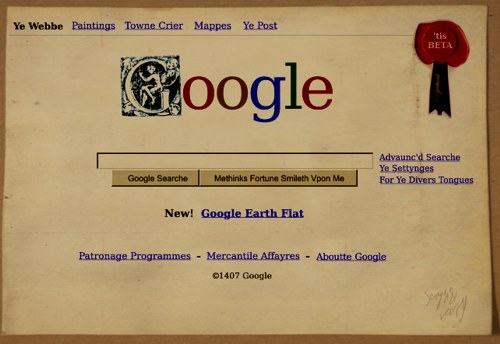Lịch sử Internet Marketing
Xu hướng Internet trải rộng khắp năm châu. Vậy bạn có biết Internet Marketing được hình thành từ khi nào, bắt đầu có ảnh hướng đối với các nhà maketers và media planner khi nào? Hãy cùng nhau tìm hiểu và cho ý kiến về tầm quan trọng của Internet Marketing nhé!
This is default featured post 2 title
Go to Blogger edit html and find these sentences.Now replace these sentences with your own descriptions.This theme is Bloggerized by Lasantha Bandara - Premiumbloggertemplates.com.
This is default featured post 3 title
Go to Blogger edit html and find these sentences.Now replace these sentences with your own descriptions.This theme is Bloggerized by Lasantha Bandara - Premiumbloggertemplates.com.
This is default featured post 4 title
Go to Blogger edit html and find these sentences.Now replace these sentences with your own descriptions.This theme is Bloggerized by Lasantha Bandara - Premiumbloggertemplates.com.
This is default featured post 5 title
Go to Blogger edit html and find these sentences.Now replace these sentences with your own descriptions.This theme is Bloggerized by Lasantha Bandara - Premiumbloggertemplates.com.
Monday, August 22, 2011
7 ways to create display ads that get noticed - iMediaConnection.com (4)
7 ways to create display ads that get noticed - iMediaConnection.com (3)
Remember that sex sells
Break the silos between online and offline
7 ways to create display ads that get noticed - iMediaConnection.com (2)
Invite people to play
Get users involved in what they want to see
7 ways to create display ads that get noticed - iMediaConnection.com (1)
Unexpected joy while browsing
Use video in non-traditional ways
Sunday, August 21, 2011
8 false promises agencies make to clients - iMediaConnection.com (4)
False promises 7 and 8
"We know digital" or "We are global."8 false promises agencies make to clients - iMediaConnection.com (3)















